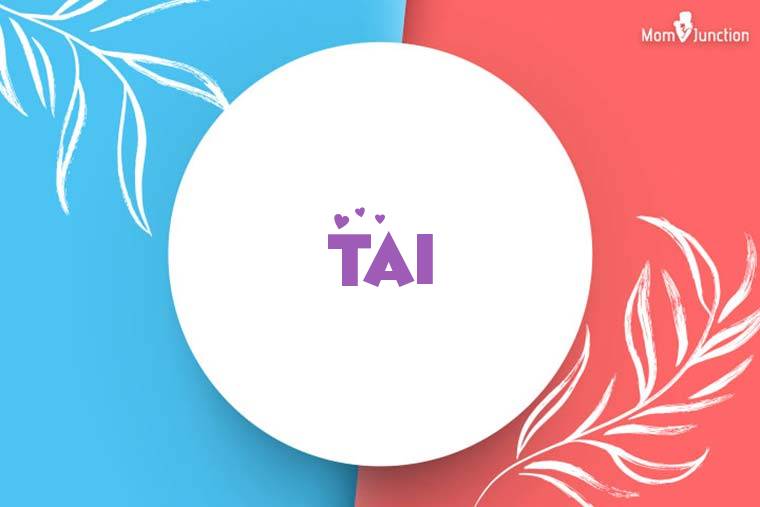Tai Chi for Weight Loss: A Gentle Path to Strength, Balance, and Better Health
Over time, it evolved into a holistic health practice, focusing on cultivating chi — the body’s vital energy — through a combination of postures, shifting weight, and controlled breathing. Many of us who faced injuries may not have had to stop that other sport if we had avoided the injury in the first place. Tai chi’s focus on stance depth, flexibility, and balance is the perfect antidote for the more impactful activities. Stress and raised cortisol levels are directly connected to hypertension, weight gain, and poor sleep.
{ |}
|}
It improves heart health
A 2015 review of nine studies involving 632 healthy adults showed the potential benefits of tai chi for cognitive ability. It advocated further large-scale studies to confirm the potential benefits of tai chi. A 2012 study of 101 people suggested that combining tai chi with mindfulness training could improve fibromyalgia symptoms and functional difficulties. According to the tai chi historian Marvin Smalheiser, some tai chi masters are famous for throwing an attacker effortlessly to the floor with the attacker and spectators unable to see how it was done. Once our body is balanced and our thoughts and mental wellness are under control, we can better regulate our emotions and how we deal with stress.
- Davis provides extensive theoretical background that helps students understand what they should feel during practice—crucial information when you don’t have hands-on correction.
- One of the key benefits of tai chi is its ability to promote relaxation and reduce stress levels.
- Quality varies wildly across Udemy’s open marketplace—that’s the trade-off for low prices.
- Take slow, deep breaths as you feel a gentle stretch in your lower back and hamstrings.
- You can also check at community centers, senior centers, and gyms to find local tai chi classes.
- For those who are new to exercise or returning after a break, Tai Chi builds stability and joint flexibility, which reduces the risk of injury and makes other forms of exercise safer and more accessible.
{
|}
{
|}{
|}
Goal-Setting Framework for Tai Chi Practice
Over the years, it has become more focused on health promotion and rehabilitation. This gentle form of exercise has been shown to help alleviate fibromyalgia symptoms, such as chronic pain, fatigue and sleep disturbances. Its slow, meditative movements promote relaxation, enhance physical function and improve psychological well-being.
If you’ve got a boatload of work with many deadlines or you’re experiencing a family crisis, tai chi might be able to help you develop a healthier stress response to cope. Many Tai Chi forms, like Tai Chi Qi Gong, combine Qigong breathing techniques and energy-focused postures. For example, Zhan Zhuang is a foundational Chi Kung exercise used to enhance Tai Chi stances. While Tai Chi is sometimes called Tai Chi Kung or Tai Chi Gung, it pays more attention to dynamic movement and martial applications than traditional Qigong. The slow and flowing movements of Tai Chi gently stretch the muscles and joints, improving flexibility and range of motion.
Plus, it is easily adaptable to certain physical limitations and health conditions. This ancient practice may help alleviate chronic pain by enhancing physical function, promoting relaxation and improving psychological well-being. Its slow, meditative movements can reduce pain perception and improve quality of life for individuals with chronic pain conditions. During a meditation session he went into a trance where he had a vision of a fight between a snake and a crane. When the snake darted up to strike the crane the crane reared upwards and backwards to avoid his attack. The crane countered by pecking downwards at which point the snake slithered just out of reach.
Additional Health Benefits Beyond Weight Loss
{ |}
|}
The Chen family had their own family style martial art (not yet called tai chi) that was passed down from father to son over many generations. Disciplines like Qi Gong, yoga, dance, Pilates, or aquatic exercise also provide balance, coordination, posture control, and mental focus. Evidence is especially strong for Tai Chi and Qi Gong in improving mobility, balance, and cognitive function in older adults. We spoke with Victor Diaz (@prohealth.vd), a personal trainer specialized in physical activity and sports. He explains why martial arts are becoming one of the safest and most complete disciplines for people over 60, and how they can be integrated into daily routines to support both physical and emotional health.
Discover the Benefits of Tai Chi: A Gentle Exercise for Mind and Body
None of the serious adverse events reported in the 24 studies were thought to be caused by either tai chi or the control conditions (active interventions or no intervention). The adverse events that were reported as related to tai chi or other active interventions were minor, such as musculoskeletal aches and pain. “Our study showed that Tai Chi mirrors the beneficial effects of conventional exercise by reducing waist circumference in middle-aged and older adults with central obesity.
{
Tai chi for seniors
|}

If you are looking for a low-impact exercise suitable for people of all ages and fitness levels, Tai Chi may be the right choice. Over time it evolved into a form of self-defense and eventually became a popular form of exercise and meditation. mad muscles tai chi review A 2019 review of 24 studies (1,794 participants) found that the frequency of adverse events was similar for people doing tai chi, another active intervention, or no intervention. The review also found that in studies of people with heart failure, people in tai chi groups experienced fewer serious adverse events than people receiving no intervention.

Hopefully by now you can see that tai chi is good for physical fitness, mental health, socialization, and improving multiple aspects of life. It is so easy to learn and is so inexpensive because it can be practiced anywhere alone or with friends. Many of the principles of tai chi for how you move, how you breath, and how you interact with the environment are all rooted in the philosophical theories of Taoism and Buddhism. Philosophy wouldn’t be philosophy if it wasn’t mentally stimulating and complex. Not only do you keep getting benefits from the practice throughout your life but it permeates into every nook and cranny. Take the first step today and discover the transformative power of this ancient art.
One study of “healthy but stressed people” showed that practicing tai chi for 12 weeks significantly lowered their anxiety levels. If that’s too ambitious, then aim for one hour twice a week for 16 weeks. If you are going to tai chi for a particular underlying health issue, know that some teachers may have medical backgrounds, and it’s helpful to find one aligned with your needs, says Wayne. Some may be acupuncturists, physical therapists, or medical doctors who could better understand your condition and how to modify the movements for you.
{
Improved brain health
|}
The fight went on for some time with no injury or damage to either creature. The images of birds and snake are prevalent in many cultures as symbols of male and female, and given the nature of tai chi, this story is no doubt allegorical. There are also indications that Zhang may have studied Shaolin boxing and other martial arts beforehand. Tai Chi or Tai Chi Chuan, often characterized by its slow, flowing movements, is a traditional Chinese martial art that focuses on balance, flexibility, and health improvement.